tinyVision.ai
Video & Cameras
FPGA Boards
Vision FPGA SoM
An FPGA-based SoM with integrated vision, audio, and motion-sensing capability
Funding ended on Oct 08, 2020 at 04:59 PM PDT.
tinyVision.ai
Video & Cameras
FPGA Boards
Funding ended on Oct 08, 2020 at 04:59 PM PDT.
Embedded Computer Vision is a highly multi-disciplinary field that requires expertise in optics, image sensors, hardware, firmware and so on. As a result, the bar to playing with technology in this field is quite high.
The Vision FPGA SoM is a Lattice FPGA based System on Module that integrates an ultra-low-power vision sensor, a 3-axis accelerometer/gyroscope, and an I²S MEMS microphone in a small form-factor (3 cm x 2 cm).
This device is built for developers who want to not only play with this technology, but also have a path to integrating it into real world products. We designed the device with the following thoughts in mind:
The modular concept is summarized in a talk given at a tinyML meetup in 2019.
By including most commonly used sensors in a configurable platform utilizing an FPGA with an open source toolchain, this device enables developers to experiment and build quickly. Sample FPGA, as well as host code will be provided as a jumping off point for backers.
The Developer Board provides the following functionality that enables application development using the module:
The Breakout Board brings out all the pins on the SoM to 2.54 mm pitch breadboard friendly format to allow you to integrate the SoM into your project. Note that the FPGA must be programmed using an external SPI flash programmer (programming supported using a FT232 USB adapter, Raspberry Pi, or microcontroller among other options).
| Item | FPGA Vision SoM | iCEBreaker | TinyFPGA BX | Tomu FPGA | |
|---|---|---|---|---|---|
| OSHW? | OSHW | OSHW | OSHW | OSHW | Closed |
| Price | $70 | $69 | $38 | $45 | $49.49 |
| Schematics Published? | Yes | Yes | Yes | Not yet | Yes |
| Design Files Published? | Not Yet | Yes | Yes | Not yet | No |
| Volume Production Friendly? | Yes | No | No | No | No |
| FPGA | |||||
| FPGA Model | iCE40UP5K | iCE40UP5K | iCE40LP8K | iCE40UP5K | iCE40HX1K |
| Logic Capacity (LUTs) | 5280 | 5280 | 7680 | 5280 | 1280 |
| Internal RAM (bits) | 120k + 1024k | 120k + 1024k | 128k | 120k + 1024k | 64k |
| Multipliers | 8 | 8 | 0 | 8 | 0 |
| Peripherals | |||||
| USB Interface | FTDI 2232HQ (dev kit) | FTDI 2232HQ | On FPGA bootloader | On FPGA bootloader | FTDI 2232HL |
| User IOs | 8 | 27 + 7 | 41 + 2 | 4 + 2 | 18 |
| Pmod Connectors | 1 (dev board) | 3 | 0 | 0 | 1 |
| User Buttons | 0 | 1 tactile + 3 tactile on breakoff Pmod | 1 reset | 2 capacitive | 0 |
| User LED | 1 tricolor, high-power IR LED | 2 on-board | 4 on dev board | 2 + 5 on breakoff Pmod | 5 |
| Onboard Clock | 12 MHz, shared with FTDI | 12 MHz, shared with FTDI | 16 MHz | 12 MHz | 12 MHz, shared with FTDI |
| Flash | 8 Mb QSPI | 128 Mbit QSPI DDR | 8 Mbit SPI | 16 Mbit SPI | 32 Mbit SPI |
| SRAM | 64 Mbit QSPI PSRAM | No | No | No | No |
| IMU | InvenSense 6 DOF (accellerometer + gyroscope) | No | No | No | No |
| Mic | MEMS I²S microphone | No | No | No | No |
| Power Measurement | On dev kit | No | No | No | No |
| Open Source Toolchain | Yes | Yes | Yes | Yes | Yes |
| APIO | Yes | Yes | Yes | Yes | Yes |
| Icestudio | Yes | Yes | Yes | Not yet | Yes |
| Migen | No | Yes | Yes | No | Yes |
All data about the SoM is captured in the Vision FPGA SoM GitHub repo and will be updated over time with sample code, Colab notebooks, etc.
Once the campaign concludes successfully, we will initiate completion of the verification run for the SoM, developer kit and breakout boards, followed by thorough testing to verify functionality. We have a couple of assembly vendors already lined up and will be negotiating the final assembly pricing in parallel to the design effort. The final delivery dates for the devices will be dialed in based on the lead-times for parts and agreed upon build schedules with the assembler and communicated to backers. PWB’s will be ordered from ALLPCB as in previous runs followed by assembly and test and fulfilled by Crowd Supply.
The devices will be manufactured/tested by tinyVision.ai Inc. and bulk shipped to Crowd Supply from where they will be shipped to the backers. For more information, you can refer to this useful guide to ordering, paying, and shipping.
Some sources of risk are:
Design: Prototypes have been built and tested for functionality.
Manufacturing:
That said, if there are any delays or complications with manufacturing or delivery, we will communicate this clearly and promptly with backers.
You can learn more about how Crowd Supply protects it’s backers in their Guide.
Produced by tinyVision.ai in San Diego, CA.
Sold and shipped by Crowd Supply.
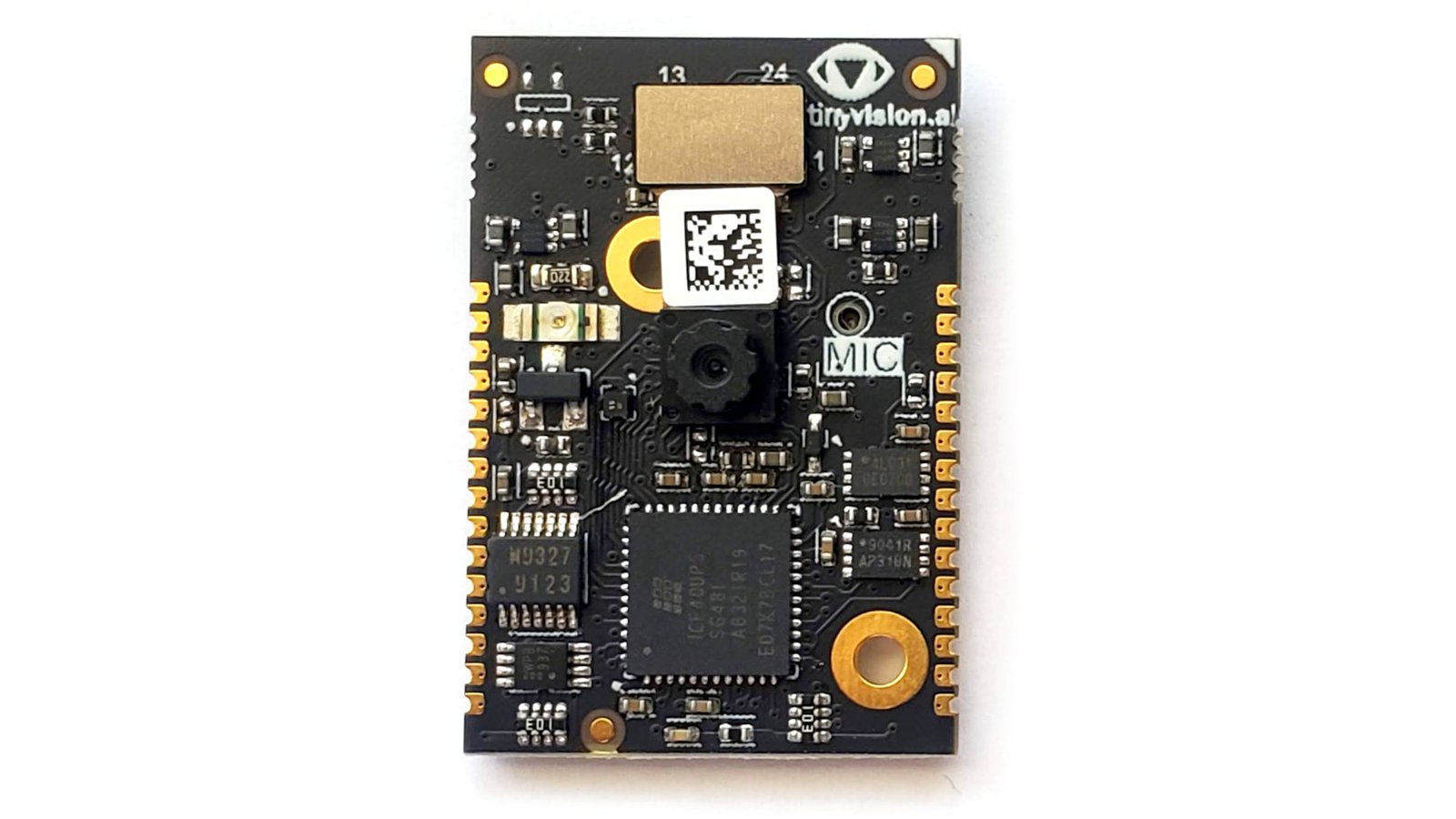
A FPGA Vision SoM to play with!
Want to buy this item? Check the current project page for the latest information.
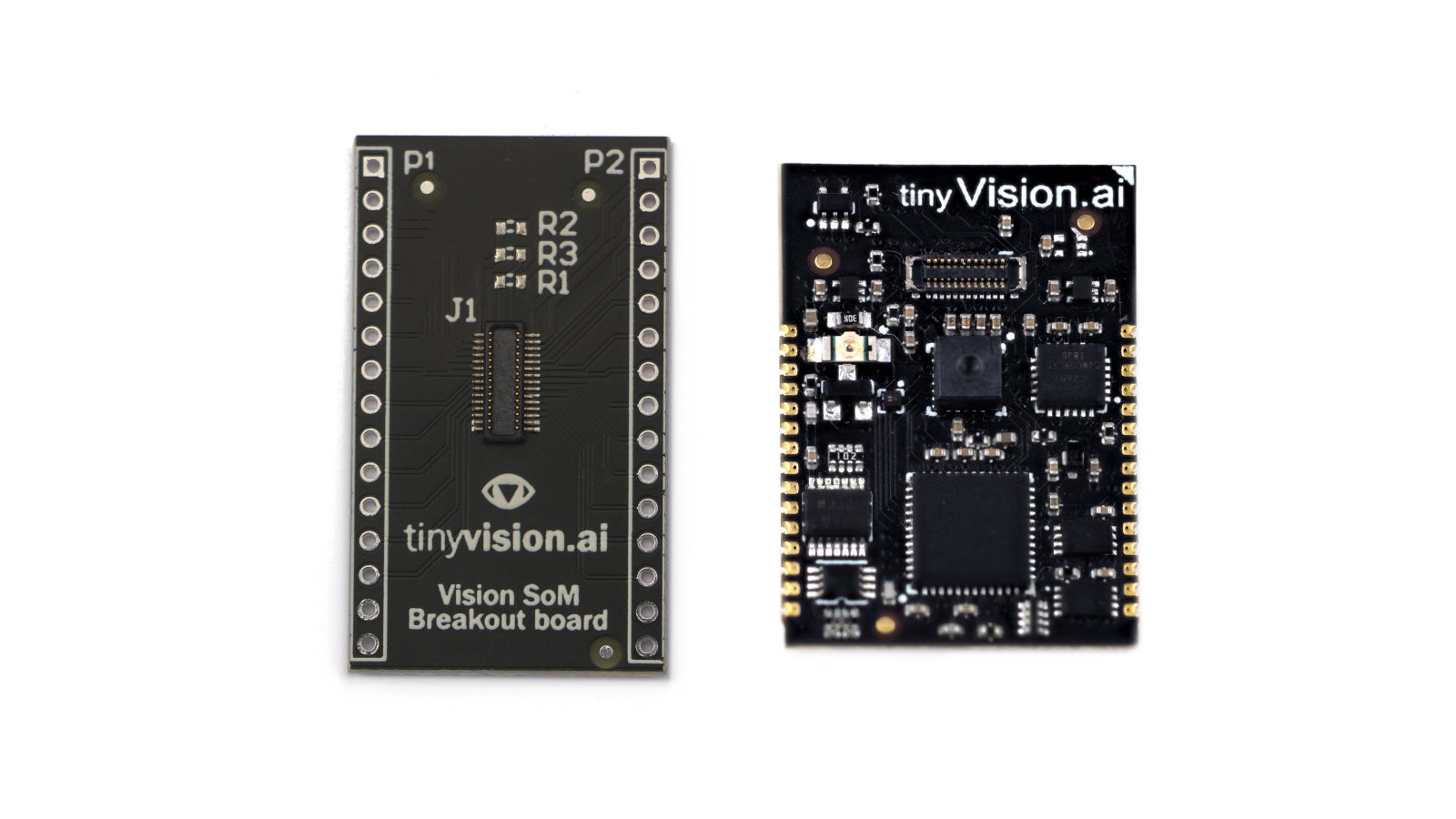
One Vision FPGA SoM and one Breakout Board.
Want to buy this item? Check the current project page for the latest information.
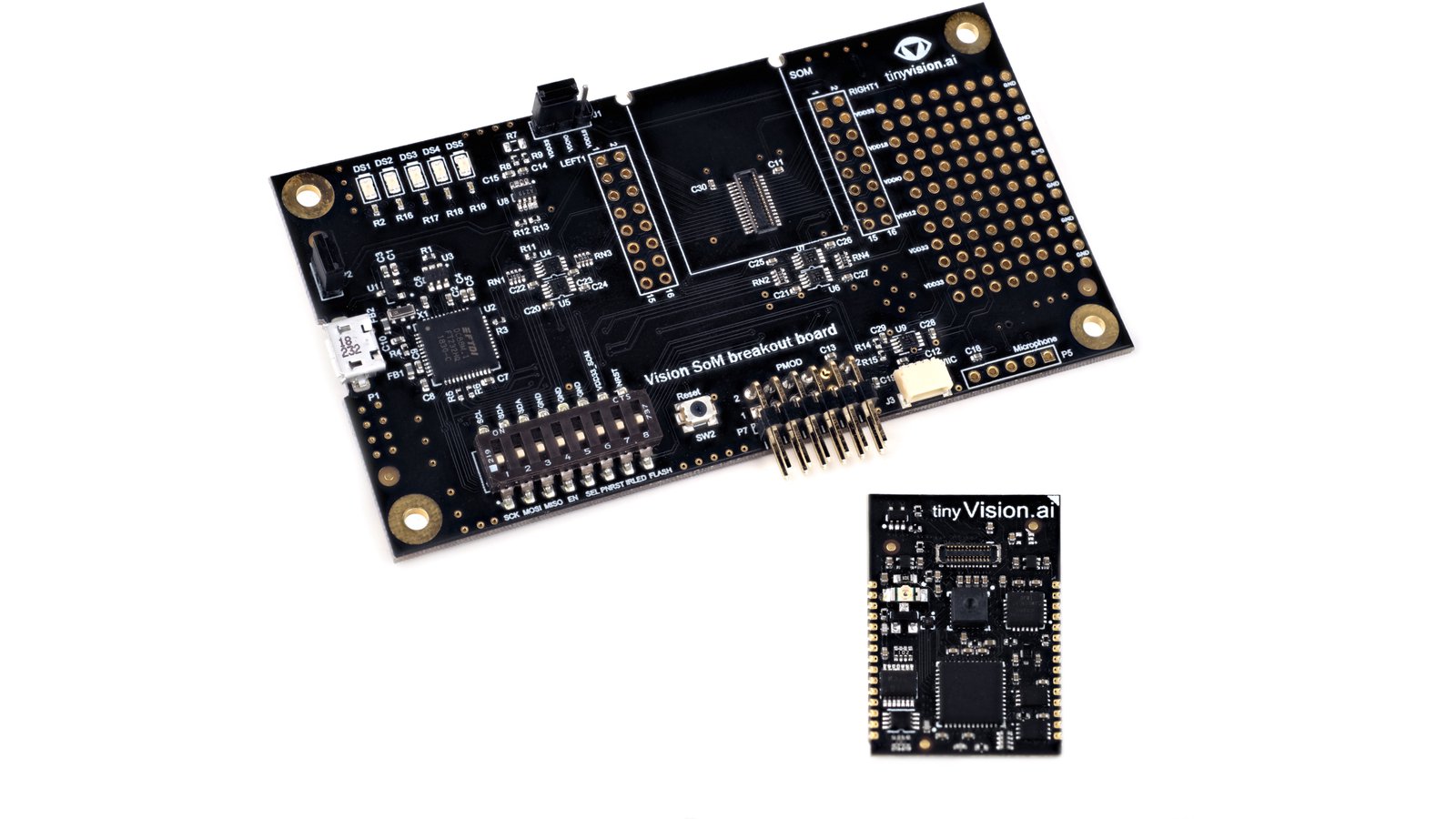
A Vision FPGA SoM and Developer Board.
Want to buy this item? Check the current project page for the latest information.
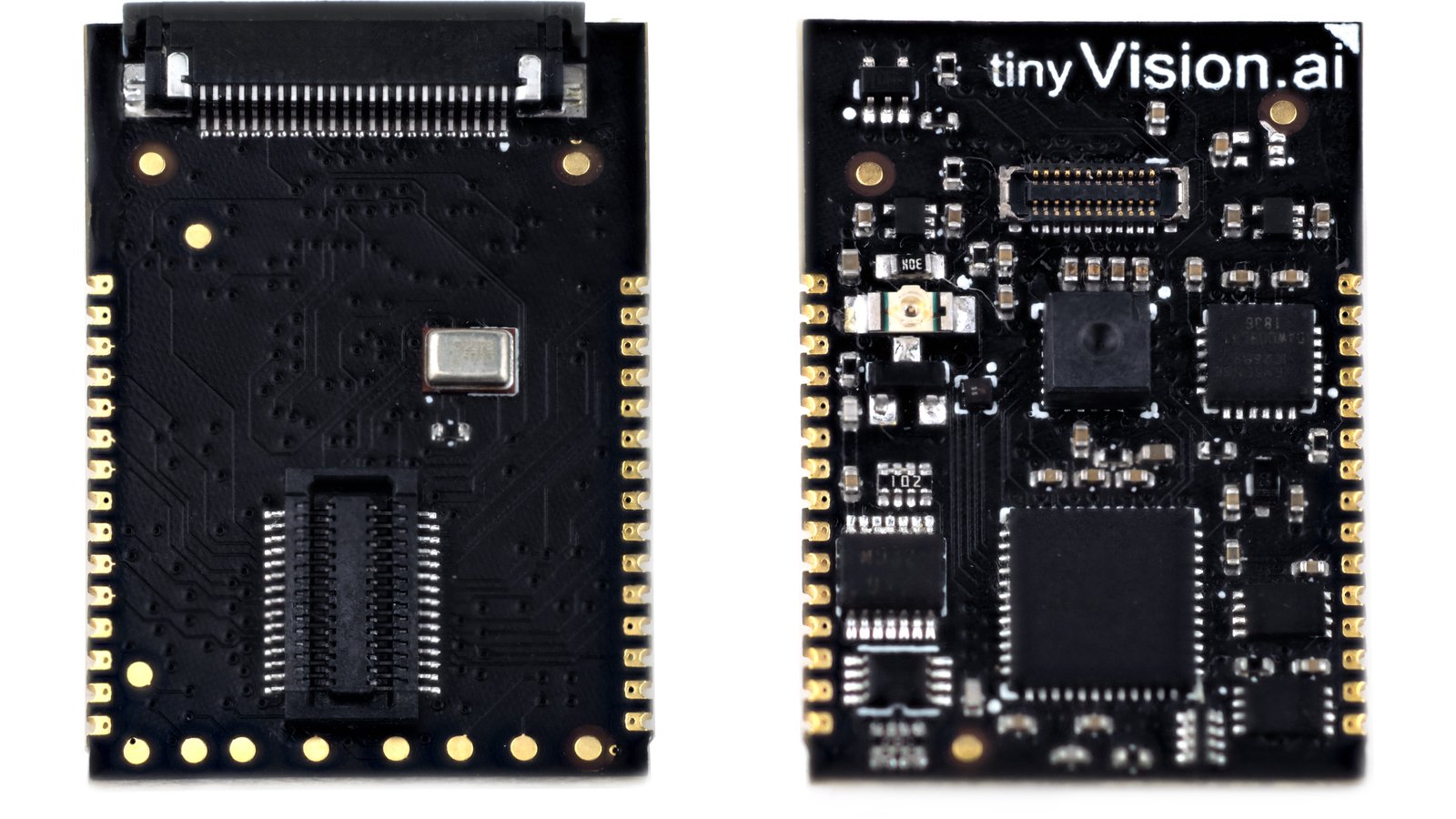
Two FPGA Vision SoM's.
Want to buy this item? Check the current project page for the latest information.
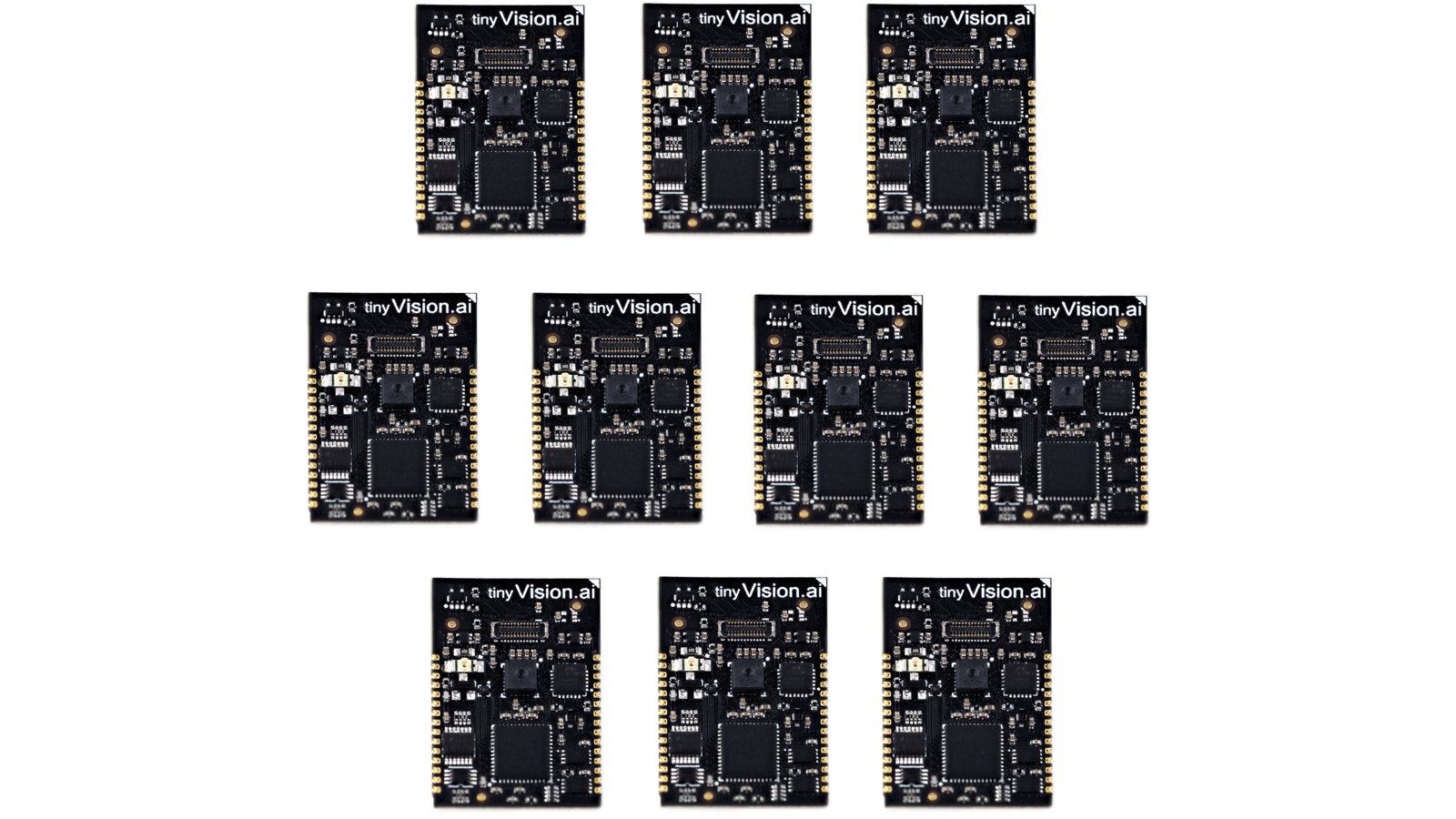
Pack of 10 FPGA Vision SoM's, at a 5% discount.
Want to buy this item? Check the current project page for the latest information.
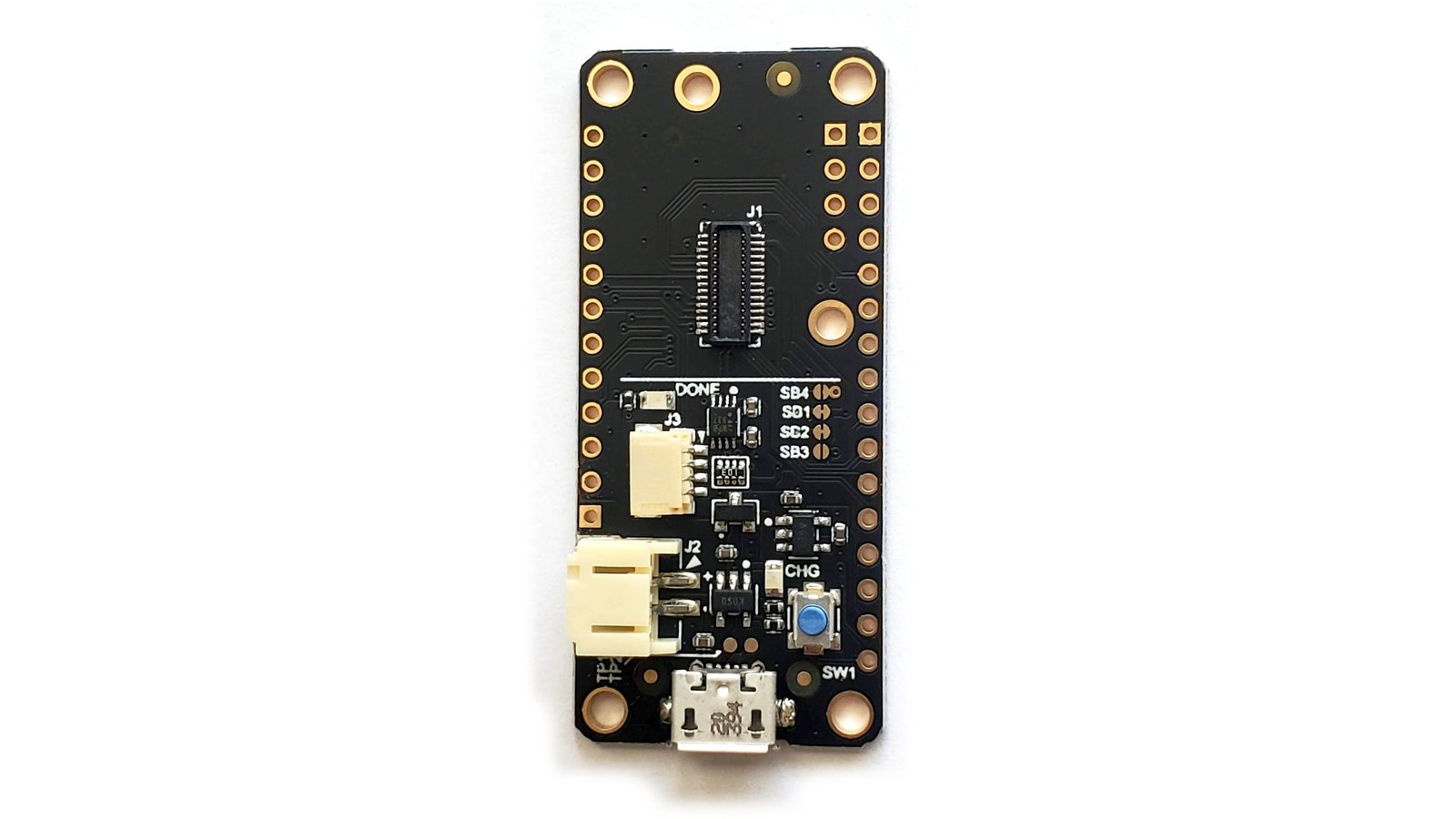
The SoM breakout board brings all SoM pins to 2.54 mm pitch pins for breadboarding, can't do without it! SoMe assembly required to solder the 2.54 mm headers on. Note: SoM is not included.
Want to buy this item? Check the current project page for the latest information.
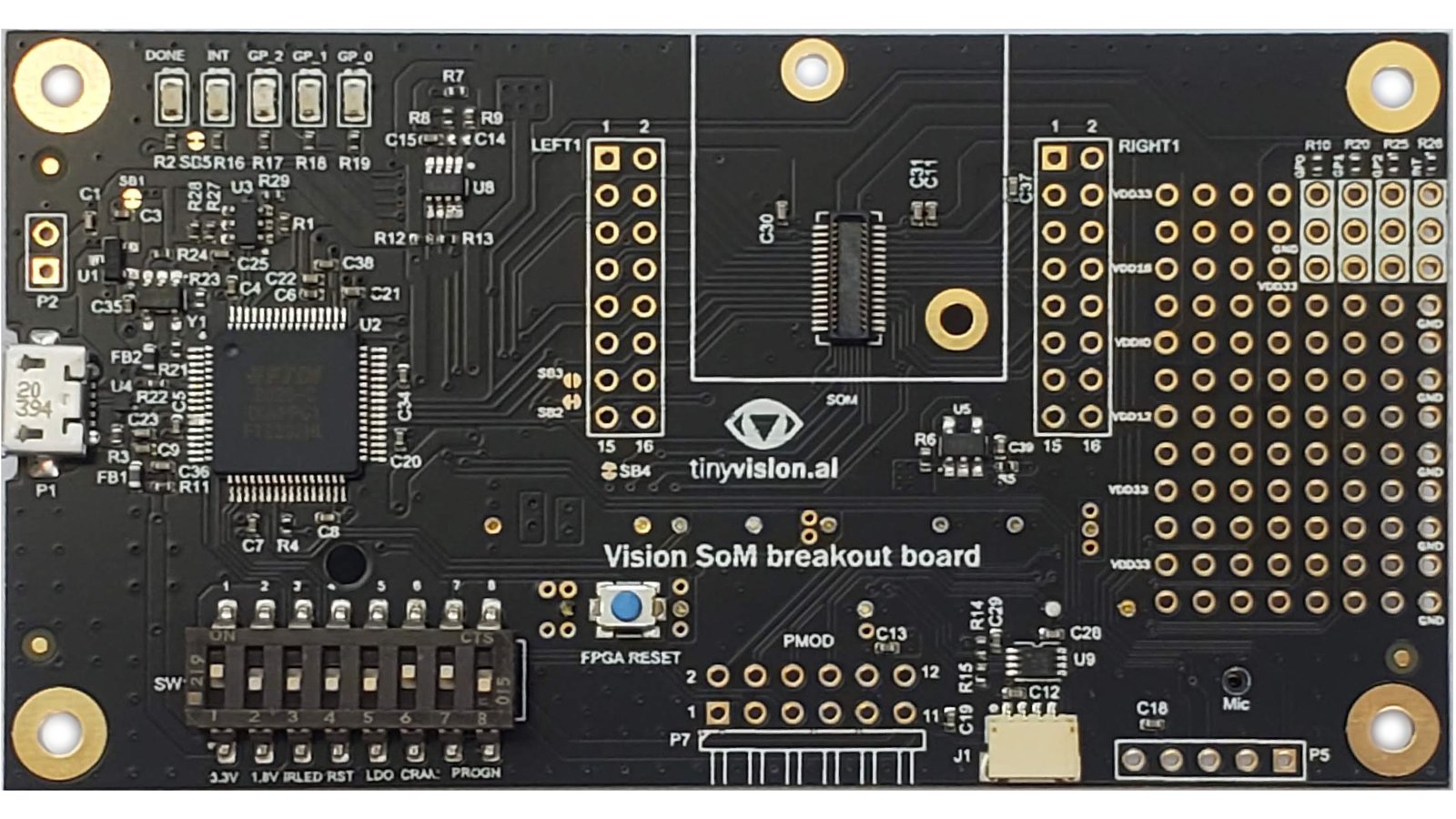
One developer board that breaks out SoM IO with in-line LEDs, includes a Raspberry Pi HAT connector, allows for USB power (with power monitoring) and programming, includes PMOD and QWIIC connectors, and has room for prototyping. Note: SoM is NOT included.
Want to buy this item? Check the current project page for the latest information.

San Diego, CA · tinyvision.ai
tinyVision.ai works closely with clients to incorporate low power CV into their devices. We are enabling CV with hardware in the form of tightly integrated CV modules with a clean API.
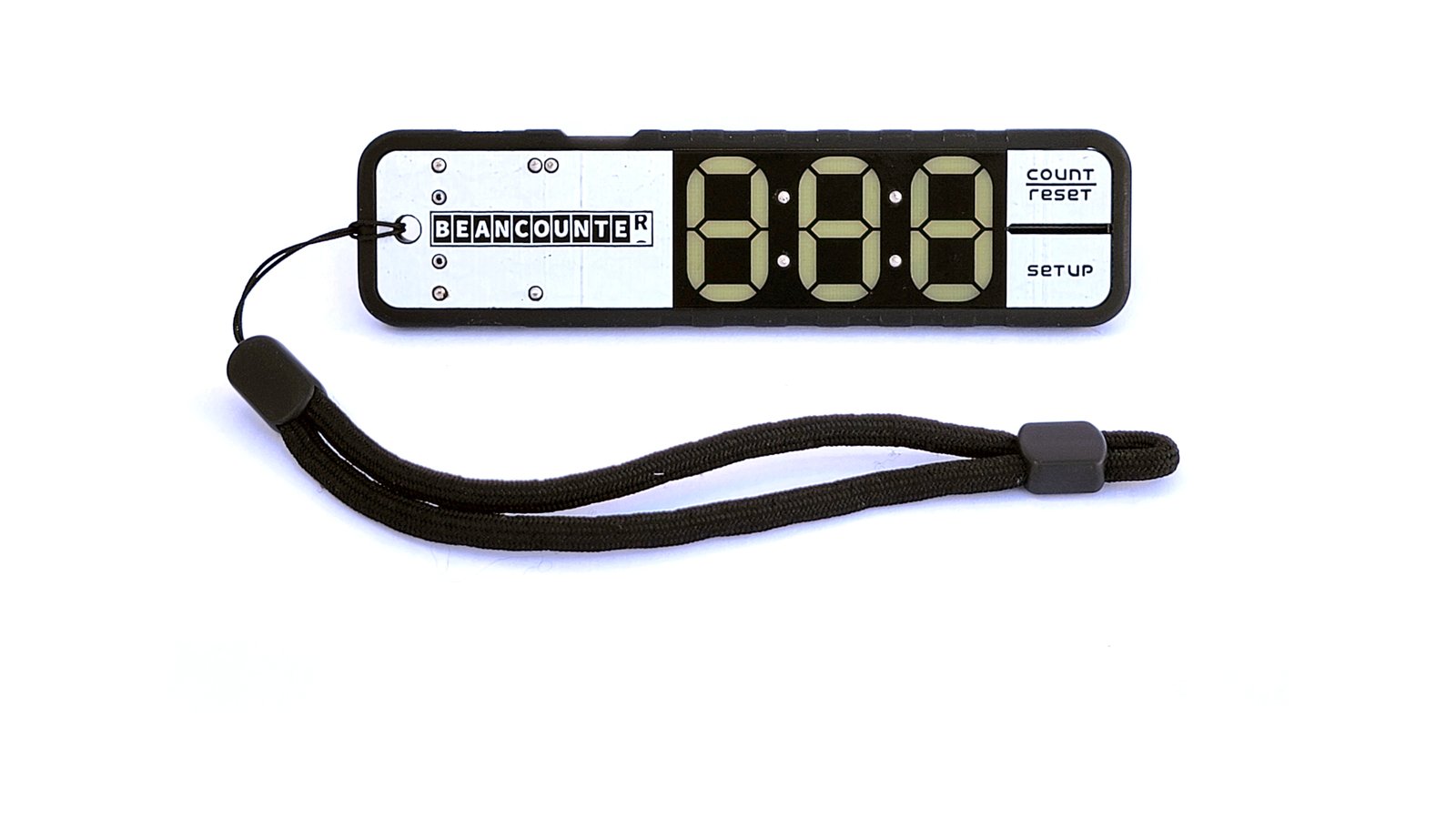
A simple, battery-powered, pocket-sized, open-source parts counter for 8-mm cut tape and partial reels
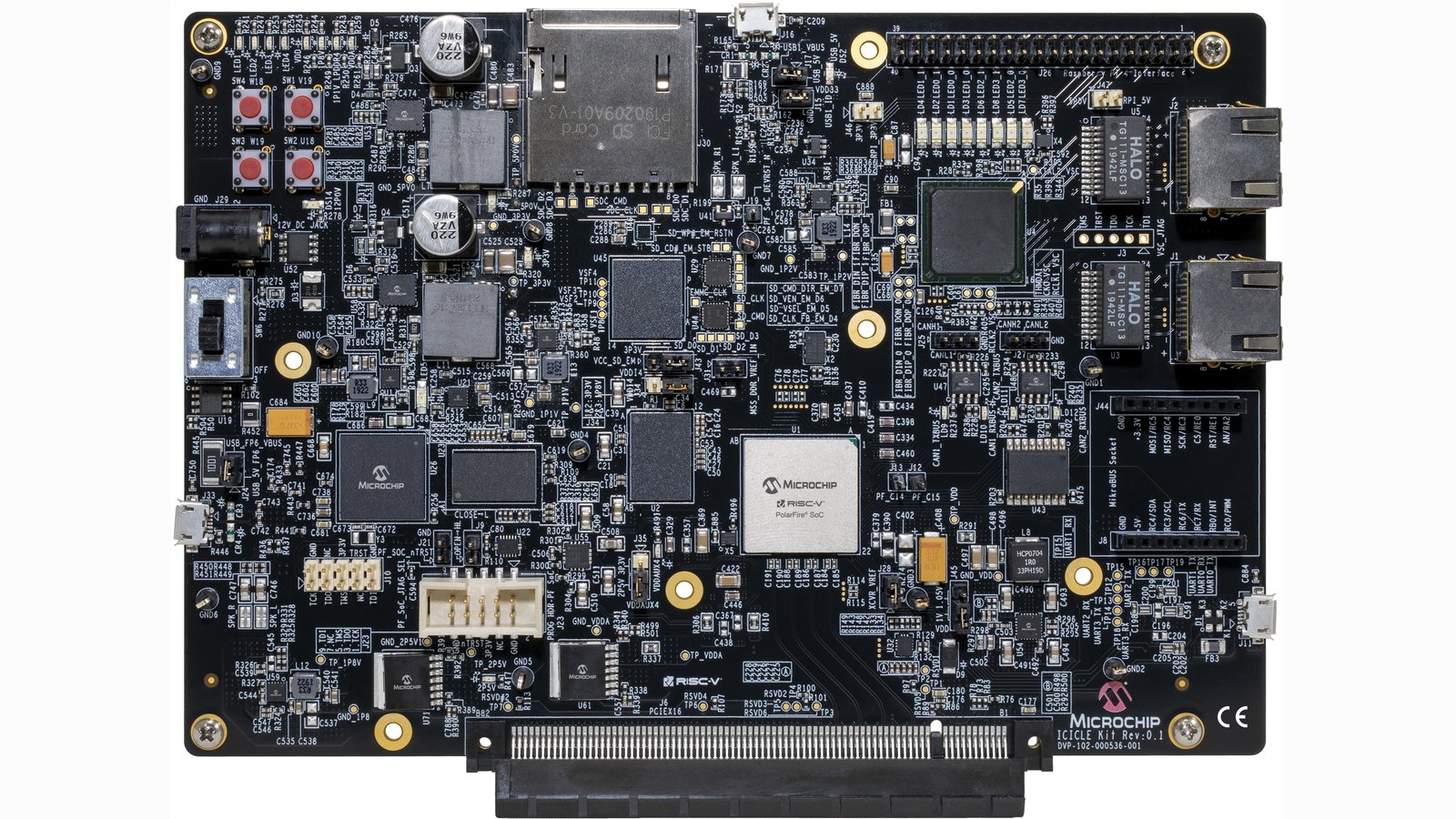
A low-cost dev kit for Microchip's PolarFire SoC, a low-power FPGA integrated with a hardened quad core 64-bit RISC-V microprocessor subsystem
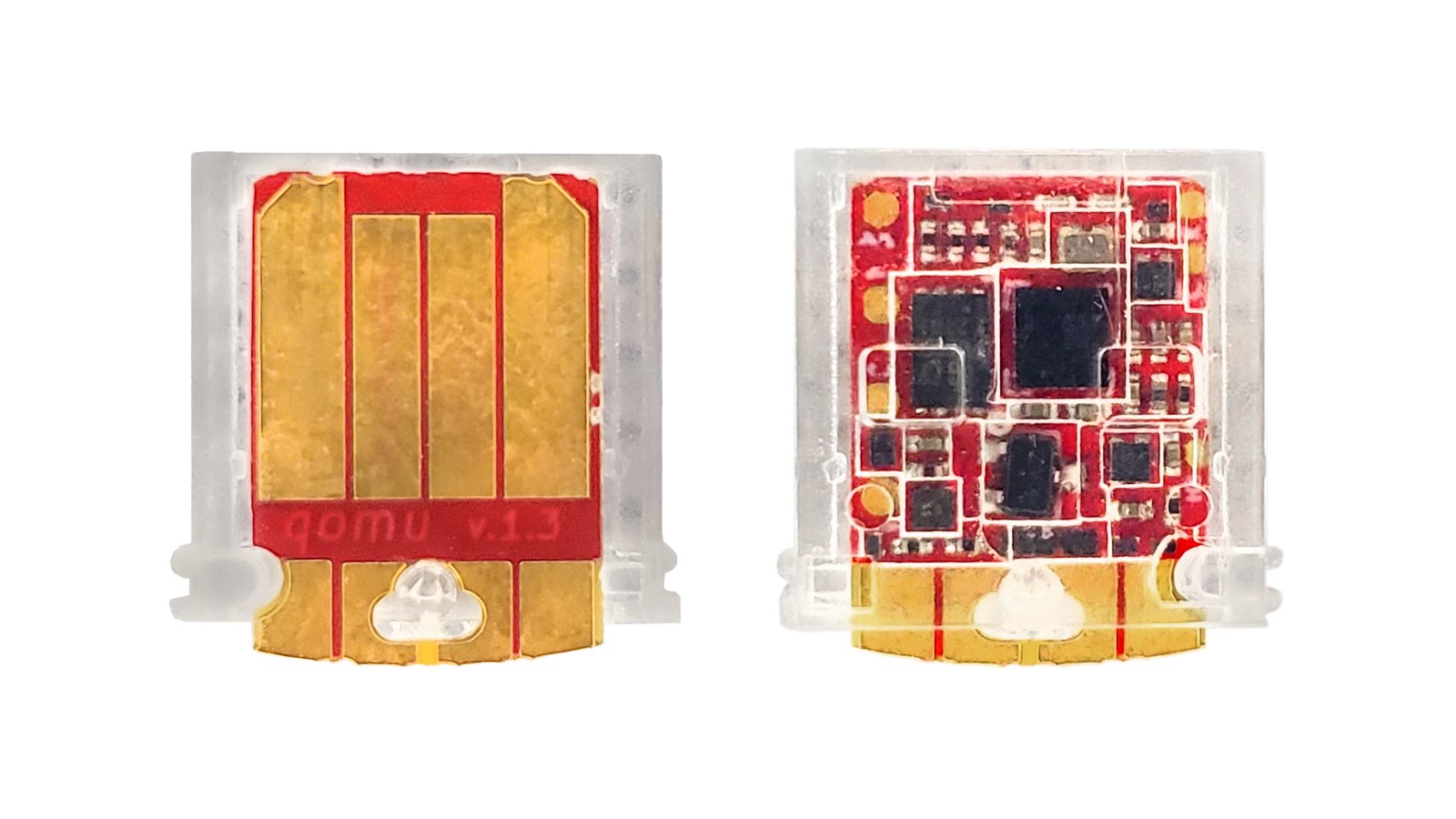
An MCU + eFPGA dev kit with 100% vendor-supported open source tools that fits inside your USB port